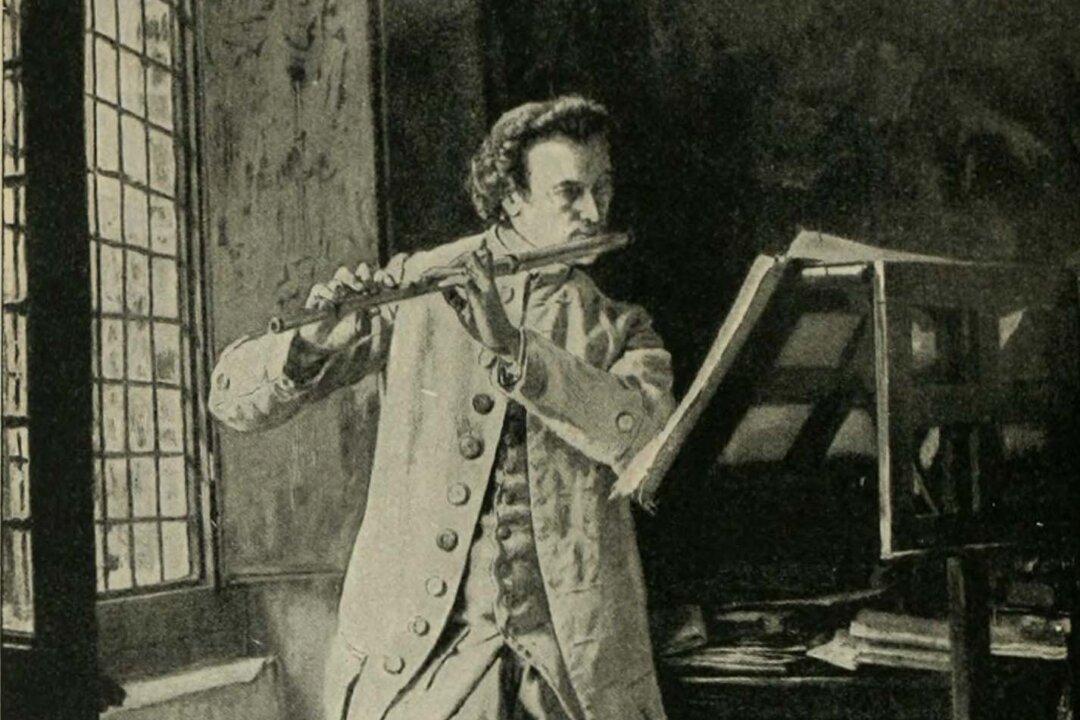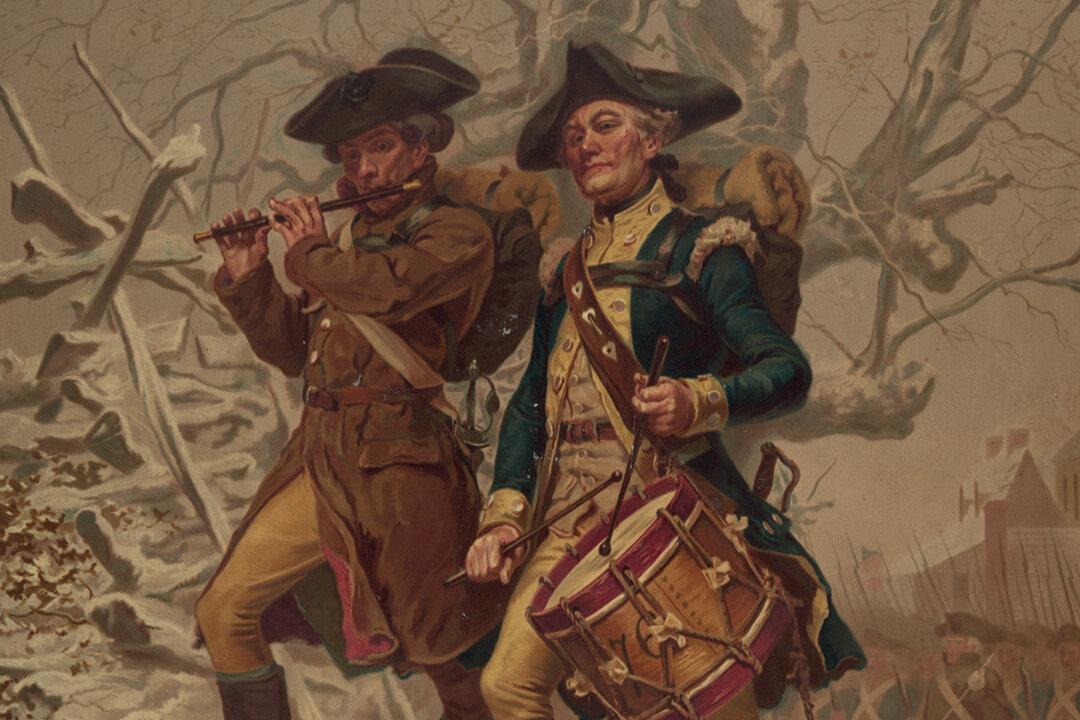Yet ’twas not her beauty alone that won me; Oh no, ’twas the truth in her eyes ever dawning, That made me love Mary the Rose of Tralee.
Every year since 1959, the Irish town of Tralee honors Ireland’s rich history and culture by celebrating the Rose of Tralee International Festival. The multiday celebration features traditional Irish music, parades, and art markets. The main event is the Rose of Tralee selection, a women’s competition that crowns the winner “The Rose of Tralee.” Each winner possesses great character and inner beauty, making her an ideal ambassador for future festival-related events.Since its debut, the festival has become one of the country’s largest and longest running events. Inspiration came from a unique source, an Irish folk ballad from the 19th century. The love song tells the story of a man so in love with a woman and her virtuous beauty, he nicknames her “the Rose of Tralee.”
A Local Tralee Legend
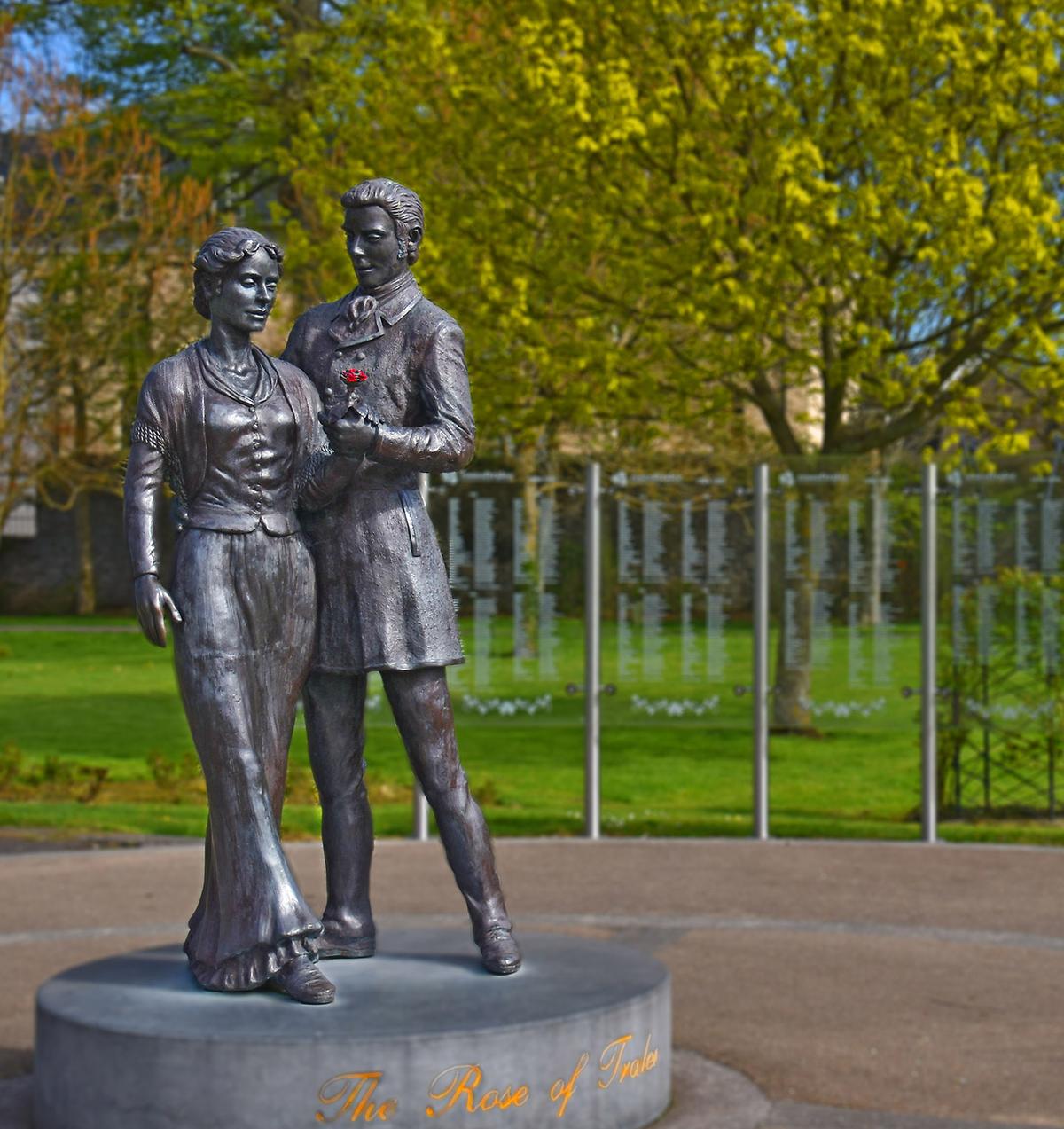
Written sometime in the 19th century, “The Rose of Tralee” is an Irish folk ballad with an origin story that remained a mystery for over 100 years. The love song features a protagonist singing about a woman from the town of Tralee named Mary. She has a smile, comforting voice, and principled nature that leaves him in awe. He’s so taken by Mary’s beauty that he honors her with the title, “The Rose of Tralee.”
Even into the 21st century, the song was attributed to different people. Some believed the lyrics were written by Edward Mordaunt Spencer, a poet from the mid-19th century, with music added by Charles William Glover, a composer and violinist also from the 19th century.
Others believed the song’s true origin is found in a local Tralee legend. Supposedly, an Irish poet by the name of William Pembroke Mulchinock, born in Tralee around 1820, wrote the words as a tribute to his family’s attentive Catholic maid.
Though he lived in Tralee for roughly the first 20 years of his life, Mulchinock eventually moved to New York. He ultimately returned to his hometown and helped found the Kerry Star newspaper, named after the county Tralee is located in, County Kerry, part of Ireland’s province of Munster. The periodical was the area’s first Catholic-run newspaper.
Becoming a Rose
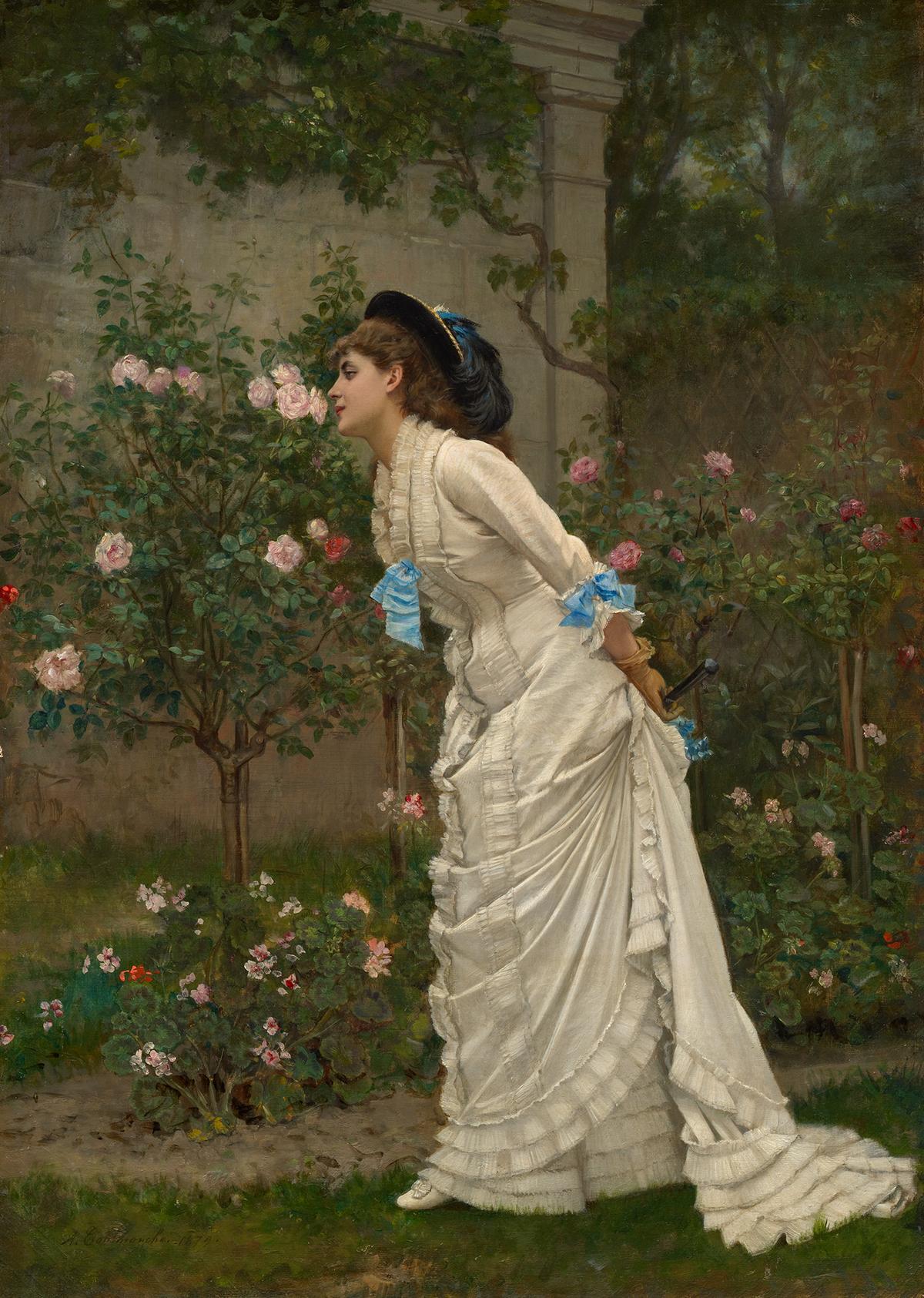
In 1957, a group of local Tralee business professionals got together to brainstorm how to boost town morale. Throughout the 1920s, County Kerry was highly affected by Ireland’s ongoing civil war, causing many Tralee residents to move away. The businessmen wanted to come up with something that would celebrate Tralee’s history, and encourage those who had left to return home.
For the first couple of years, the festival was called the Race Week Carnival, and it coincided with one of Tralee’s busier times during horse racing events. But soon, those involved with planning the festival, like The Kerryman newspaper’s managing director Dan Nolan, wanted something that could stand on its own.
By 1959, the Rose of Tralee Festival was born, and it was a celebration of Irish heritage named after one of the country’s most beloved folk standards.
Since its inaugural event in 1959, the pinnacle of the festival has featured the Rose of Tralee selection. This competition is a search for a woman of Irish descent who embodies that of the woman from the song. Those judging the event get to know the contestants’ “aspirations, ambitions, [and] intellect,” and choose a winner who, like Mary, is both “lovely and fair.” The event sets itself apart from a standard beauty competition. The Rose of Tralee winner embodies beauty of high character and inward virtue, and becomes an ambassador for future Rose of Tralee events.
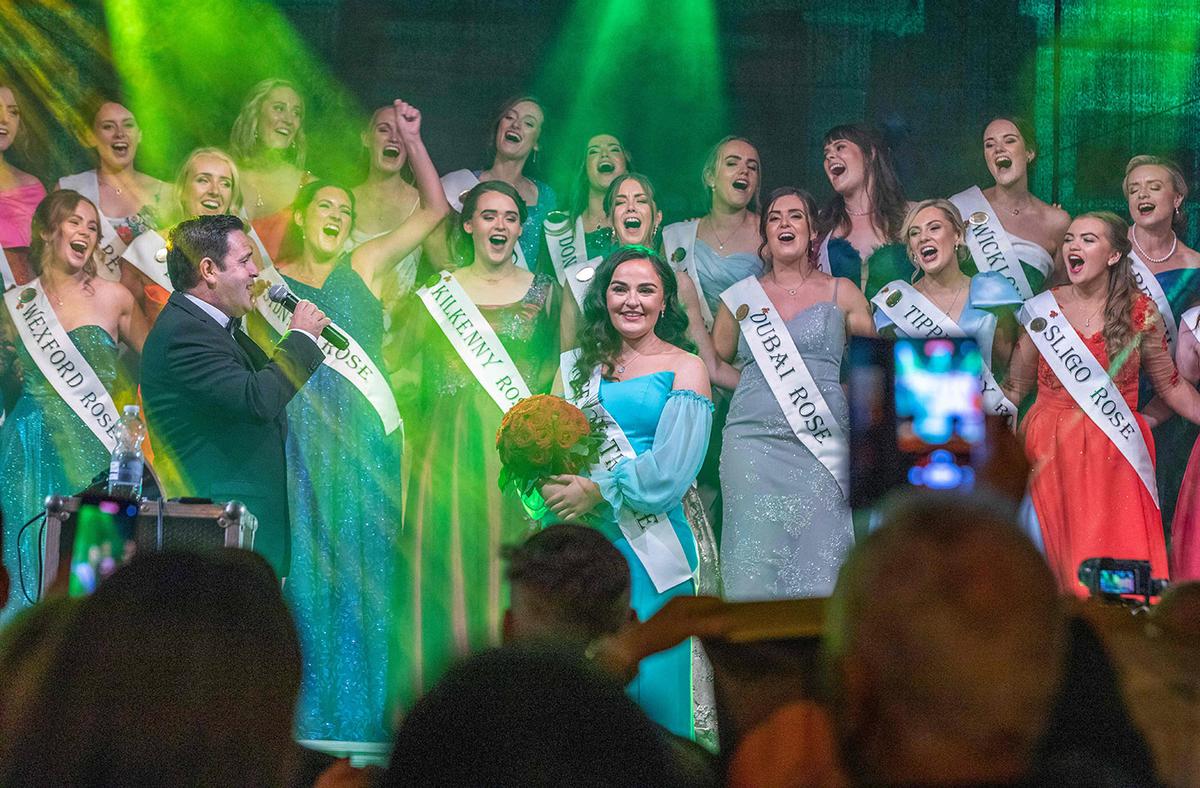
Though the festival began as a local event, it has since grown significantly and is now called The Rose of Tralee International Festival due to its growing reach. Now, people from around the world travel to the event. Though the competition used to only be open to local Irish women, now young women of Irish lineage from anywhere in the world can compete to be crowned the official “Rose of Tralee.”
Finding Truth in an Irish Legend
When celebrating their 60th anniversary in 2019, festival coordinators wanted to do something with special historic significance. With the mystery of “The Rose of Tralee” song still surrounding their festival name, they decided to hire forensic linguist, Andrea Nini, to dig into its past.He put together a team to assist him with research, and after the yearlong endeavor, he concluded that “The Rose of Tralee” folk song was originally a poem written by William Pembroke Mulchinock, the main character from the local Tralee legend. Later, Edward Mordaunt Spencer published the poem in one of his own collections, the 1846 release, “The Heir of Abbotsville,”causing confusion as to who the original author was.

In 2019, an event in William’s honor called the “Mulchinock Symposium” was organized by the Rose of Tralee International Festival. It was the second year of the symposium, and guests gathered to listen to historians and local experts present their research on the Mulchinock family and their contributions to the County Kerry community. One of the presenters on Dr. Nini’s investigative team was performing arts director and coordinator of the symposium, Bryan Carr.
He demonstrated William’s long correspondence history with various publishers, newspapers, and editors. Carr discovered that William sent one of his poems, “Smile, Mary My Darling,” to a British composer in the early 1840s. The composer, Stephen Ralph Glover, collaborated with his poet-brother, Charles, to set William’s poem to music. They both collaborated with Edward Mordaunt Spencer to adapt the poem to musical form. This proved that there was some truth to both original theories. Even so, Mulchinock was the rightful originator of “The Rose of Tralee” lyrics, by way of his poem.
Who was this lovely and fair Mary in the song, with “truth in her eyes ever dawning” that caused William to fall in love with her?
A Great Love Story






